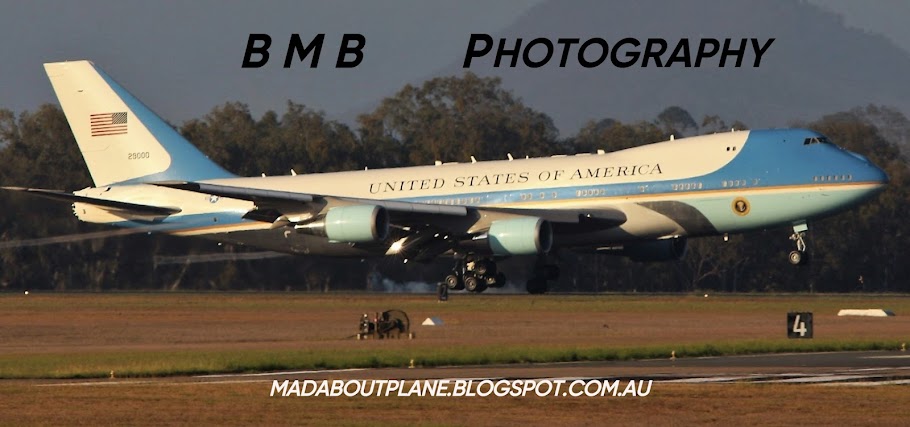On the 1st September 1983 a Korean Air passenger flight was shot down by a Soviet Su-15 interceptor. Korean Air Lines flight 007 was a scheduled passenger flight from New York-JFK Airport USA (JFK/KJFK) to Seoul-Gimpo (Kimpo) International Airport (SEL/RKSS), South Korea with an en route stop at Anchorage International Airport, AK (ANC/PANC), USA
The aircraft, a Boeing 747-230B, arrived at Anchorage at 11:30 UTC (03:30 hours local time) after an uneventful flight. A crew change took place and the flight was prepared for the final leg to Seoul. The flight was to depart on the Standard Instrument Departure (SID) No. 8 and to proceed to Bethel VORTAC on ATS route J501. The flight was then to proceed on ATS route R20 in the North Pacific (NOPAC) composite route system to reporting point NIPPI where the flight would enter Tokyo Oceanic FIR and later enter the Taegu FIR for landing at Seoul. At 12:58 UTC KE007 was cleared for take-off from runway 32 and was airborne at 13:00. Radar contact was established shortly after take-off and KE007 was cleared to proceed direct to the Bethel VORTAC when able. KE007 turned to a magnetic heading of about 245° which it reached three minutes after lift-off.
The Kenai air route surveillance radar showed that the aircraft deviated from its track to BETHEL about ten minutes after departure and that the aircraft was about 6 NM north of J501 when radar service was terminated. The aircraft reported passing BETHEL at 13:49 hours and estimated NABIE at 14:30. The aircraft was about 12 NM north of track when the crew reported BETHEL.
After Bethel the flight was supposed to begin following route R20 on a magnetic heading of 238°. However, The flight proceeded on a magnetic heading of 245° without changing course.
This deviation resulted in a progressively greater lateral displacement to the right of its planned route which, ultimately, resulted in its penetration of adjacent high seas airspace in flight information regions (FIRs) operated by the Union of Soviet Socialist Republics (USSR), as well as of sovereign USSR airspace overlying Kamchatka Peninsula and Sakhalin Island and their surrounding territorial waters.
While KE007 was approaching the Kamchatka peninsula, a US Air Force Boeing RC-135 reconnaissance aircraft was also orbiting the area east off Kamchatka. Soviet Air Defence command assumed that KE007 was an RC-135 as well. At least four interceptor aircraft were scrambled from airfields in Kamchatka and vectored to the west to intercept the intruder. The fighters were unable to make an interception and at 17:06 UTC were forced to return to base. Radar contact with the intruder was lost by radars on Kamchatka at 17:28 UTC. Two Sukhoi Su-15 fighter aircraft were scrambled from the airbase at Sokol: 805 at 17:42 hours and 121 at 17:54 hours. More interceptors were brought to readiness for immediate take-off at various airbases.
At 18:18 hours the pilot of 805 reported, in response to questions from his ground control, that the target's navigation lights and flashing beacon were on. At 18:19 hours the Soviet ground control instructed the pilot of 805 to flash his lights as a warning signal and to force the intruder to land at Sokol. At 18:20 hours he was instructed to fire a warning burst from his cannon. He reported at 18:19 hours having flashed his lights and at 18:21 hours having fired a burst from the cannon. On board KE007 there was no indication that the flight crew was aware in any respect of the interception in progress. Shortly after 18:20 hours KE007 commenced the planned climb from FL330 to FL350 which it reached at 18:23 hours. The pilot of 805 reported that this climb by the target resulted in his aircraft forging ahead into a position where engagement was not possible.
At 18:22 hours the Soviet command again ordered the destruction of the target. The pilot of 805 was instructed to destroy the target with cannon fire but he reported falling back to try with missiles. Two air-to-air missiles were launched by 805 at about 18:25 hours.
The aircraft was struck by one or both missiles, resulting in holes in the fuselage with a total area in the order of 1.75 sq.ft (0.16 m2). As a result of the damage caused by the missile the aircraft initially pitched up and the vertical acceleration increased to approximately 1.2 g over three to five seconds. During this period, the aircraft rolled very slightly right wing down.
Eleven seconds after the hit, the sound of the cabin altitude warning was heard in the cockpit. As a result of the likely failure of hydraulic systems no.1, 2 and 3, the aircraft became difficult to control. The aircraft continued to climb and reached a maximum altitude of 38250 ft with a reduction in calibrated airspeed from the initial 286 kt to 220 kt. After the aircraft started to descend and at the time of temporary recovery to about level flight, it likely stalled.
The aircraft spiralled to the left and the last plotted radar position was at 18:35 UTC (03:35 local time) at 5000 metres. The aircraft subsequently impacted the sea, killing all 269 passengers and crew on board.
Aircraft Information:
Airline: Korean Air
Code: KE/KAL
Aircraft: Boeing 747-230B
Registration: HL7442
Serial Number: 20559
First flew 17/03/1972
Age: 11 years 6 months
Engines: 4 Pratt & Whitney JT9D-7A

No comments:
Post a Comment